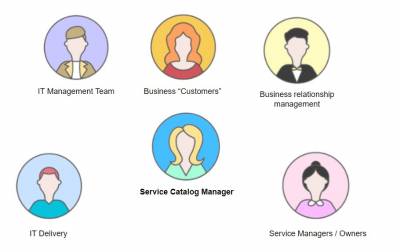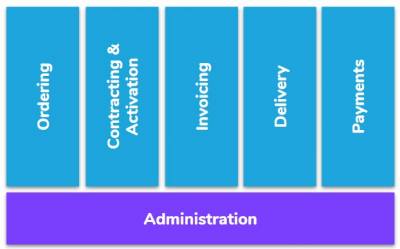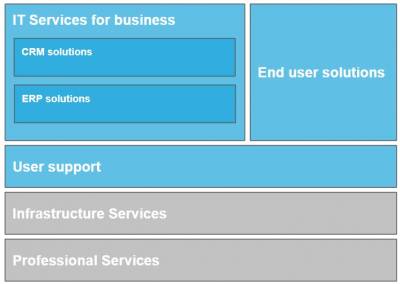meta data for this page
Best practicies to setup Service Catalogue
1) Identify the stakeholders
- This is probably the most important step you will undertake in this activity, but it is the one that most of the organizations skip. When you skip this process usualy happen that you will never gain to the conclusions about your Service Catalogue and you end up in this step anyhow.
- Stakeholders are the people that consume your services, and they want to know what is available to them. If you take the time to understand them and their perspectives, you will build a catalog that meets their needs and expectations, not one filled by IT perspective.
- With assistance of the Stakeholders you appoint Service Catalogue Owner who become responsible of the future building and maitanance of the catalogue. By selecting Service Catalogue Owner with your stakeholders you will assure right mandate for that person as well.
- Simply to say everybody should be involved in Service Catalogue establishment:

2) Define the lines of Service
- Define your lines of services: It is like putting the services into different boxes, so on the firts look outsider can get understanding what they represent.
- Based on our experience definition of the lines of service is one of the key elements how to identify the services itself. Services has to be aligned with your stakeholders, meaning they need to serve to the business needs. Based on that it is usualy good starting point to align the lines of service with your business lines of service (they should follow the same structure) or for example with your company business processes.
- Example lines of service aligned to business processes of the company:

- Example lines of service following logic according end-user segments and IT lines of service:

3) Define the attributes of the services in catalog
- Important part of Service Catalogue definition is definition of attributes to be followed for each service. This step is important before starting actual definition and description of the Services as you need to understand which data you need to collect from different stakeholders.
- SimplyIT.cloud tool is as such comming with standard set of key attributes:
- Name
- Description
- Service Owner
- Lifecycle status
- Criticality
- Contacts
- For sure there is need for more attributes in service catalogue. We do suggest consider based on our experience following optional attributes:
- Line of Service
- Business process
- Cost of down time
- Business owner
4) Define & Categorize the Services
5) Map the dependencies to components
- Important part of Service Catalogue is part which is practically invisible to business and it is relation to IT building blocsk. We call them Service Components. Service Components can be applications, Infrastructure components such as Cloud, Hosting or Network services, End User Services and more. This layer is ussualy wery well known to IT personell
6) Publish the Service Catalogue
7) Integrate your Service Catalogue